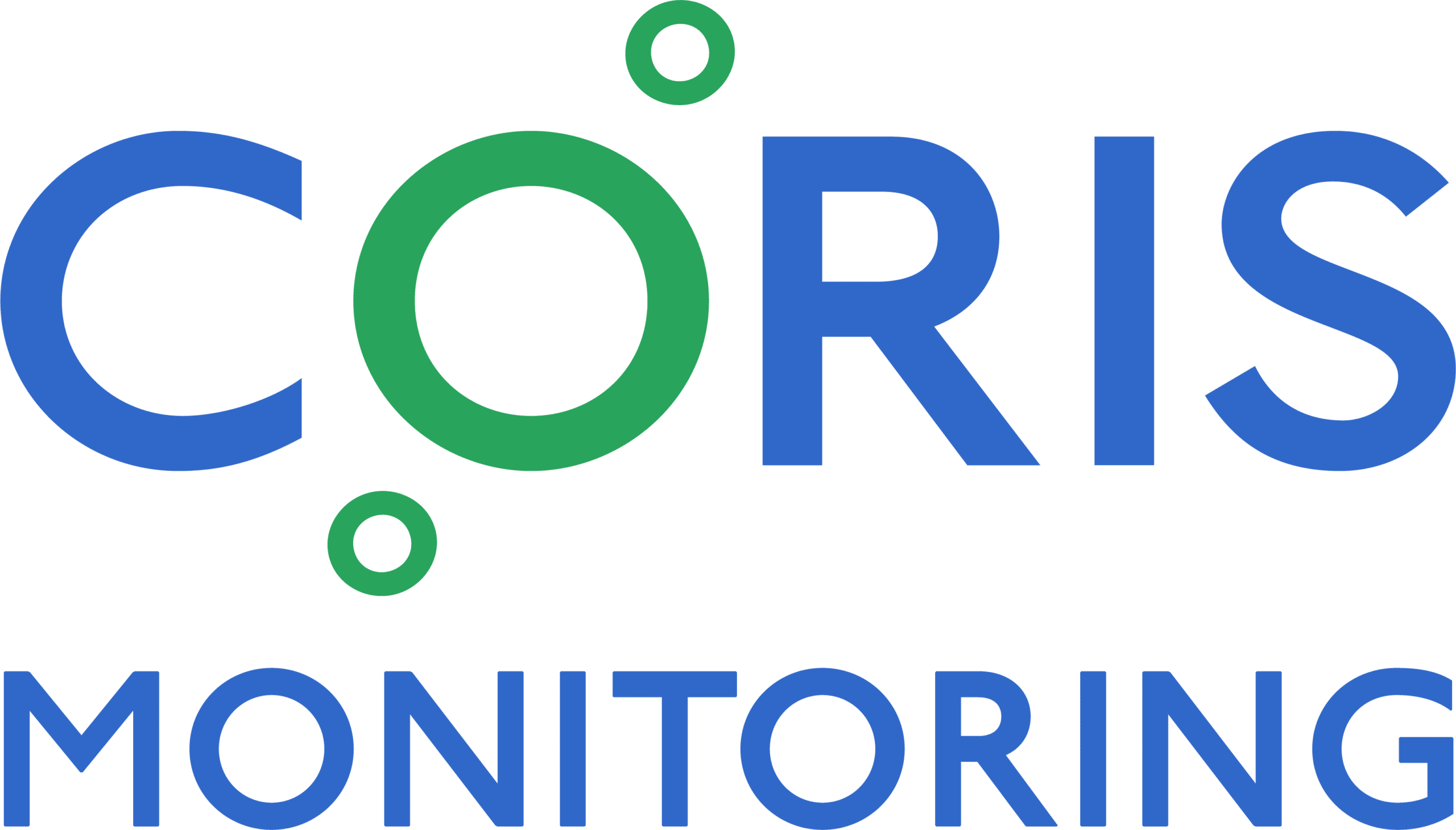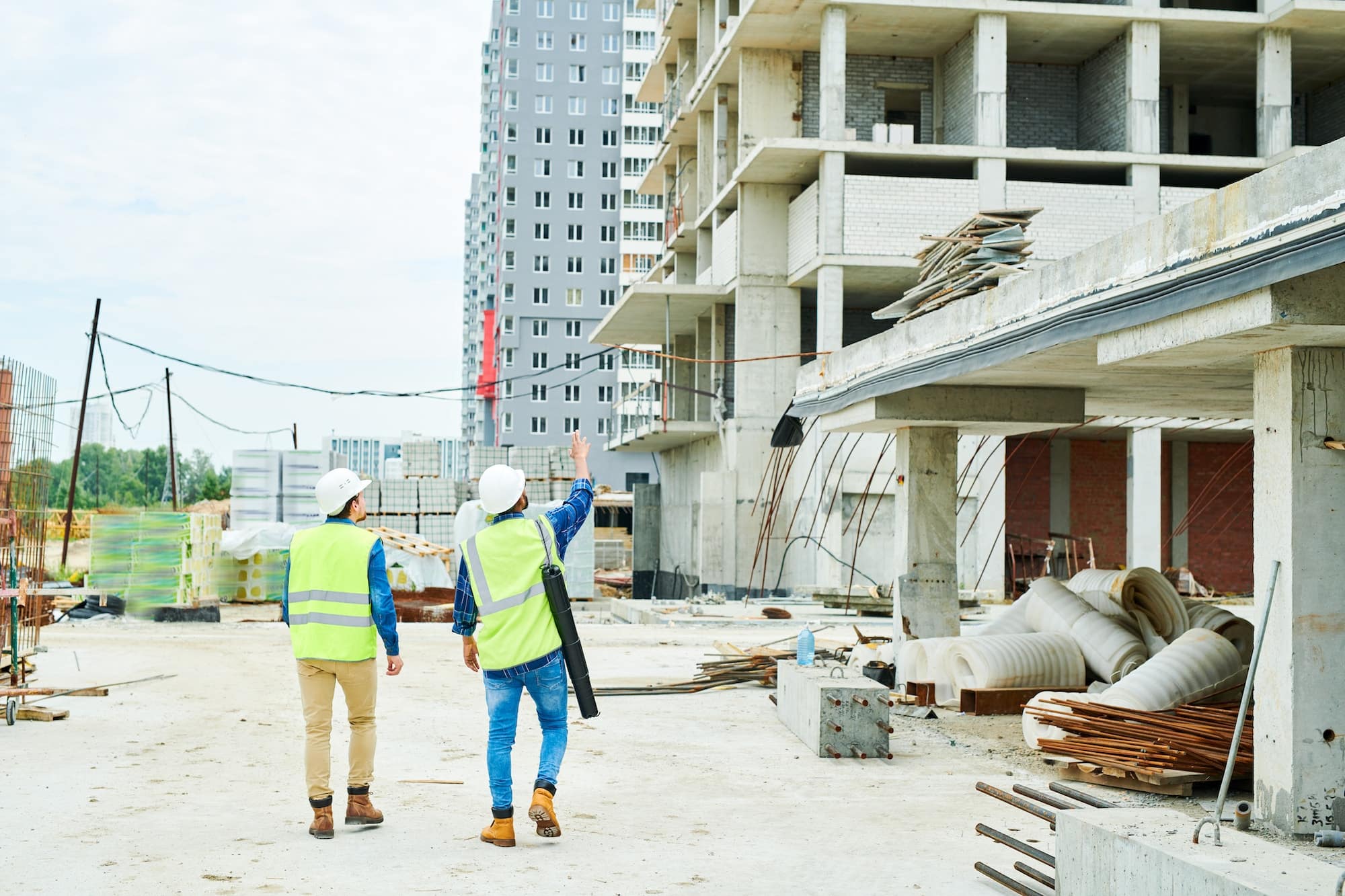Construction is inherently risky, with safety hazards lurking throughout every project stage. Factors like working at great heights, heavy machinery, and fluctuating environmental conditions all contribute to the industry’s high rates of accidents and other project risks. Among these, the impact of temperature and humidity on worker safety is often underestimated. Monitoring environmental conditions with data-logging systems can significantly aid in managing risk in construction work on job sites.
Explaining the Construction Risk Management Process
Conducting a risk assessment is the first step toward implementing procedures and processes for project integrity and worker safety on any job site. Construction risk management involves identifying, assessing, and mitigating potential risks that can impact a construction project’s success.
Developing steps to reduce the impact of risks, and ensure projects are completed on time, within budget, and to the required quality standards are all part of this essential process. Effective construction risk management is crucial for construction companies to minimize losses, maintain compliance with regulations, and uphold a good reputation.
Breaking Down Types of Construction Project Risk
Construction risks can be categorized into several types. Implementing procedures and adopting the right tools and technology for identifying risks and monitoring safety hazards on construction projects will help prepare companies within the construction industry for common and unexpected challenges and obstacles.
Financial Risks
Financial risks in construction projects can arise from various sources, including:
- Cost overruns due to changes in material prices or labor costs
- Delays in payment from clients or contractors
- Insufficient funding or cash flow problems
- Inaccurate budgeting or cost estimation
- Unforeseen site costs or material damage
To mitigate financial risks, construction companies can implement measures such as:
- Conducting thorough cost estimation and budgeting
- Establishing a contingency fund to cover unexpected expenses
- Negotiating payment terms with clients or contractors
- Implementing cost-saving measures, such as energy-efficient materials or labor-saving technologies
- Adopting temperature and humidity sensors to ensure the structural integrity of materials
Schedule Risks
Schedule risks in construction projects can arise from various sources, including:
- Delays in material delivery or labor availability
- Inclement weather or natural disasters
- Changes in project scope or design
- Inadequate project planning or scheduling
- Unforeseen site conditions or obstacles
To mitigate schedule risks, construction companies can implement measures such as:
- Creating a detailed project schedule and timeline
- Identifying and addressing potential delays or bottlenecks
- Implementing a contingency plan for unexpected delays or disruptions
- Regularly monitoring and updating the project schedule
- Communicating with stakeholders and team members to ensure everyone is aware of the project timeline and any changes
Design Risks
Design risks in construction projects can arise from various sources, including:
- Errors or omissions in the design or plans
- Inadequate design specifications or details
- Changes in design or scope during construction
- Incompatibility between design and construction methods
- Unforeseen site conditions or obstacles
To mitigate design risks, construction companies can implement measures such as:
- Conducting thorough design reviews and checks
- Ensuring design specifications and details are accurate and complete
- Implementing a design management process to track changes and updates
- Regularly communicating with designers, architects, and engineers to ensure that design intent is met
- Conducting site visits and inspections to ensure that construction meets design specifications
Worker Safety Risks
Worker safety risks in construction projects can arise from various sources, including:
- Exposure to extreme temperatures that can lead to heat stress, dehydration, frostbite, or hypothermia
- Slips, trips, falls, or exposure to harmful substances can occur due to uneven surfaces, cluttered workspaces, or improper handling of hazardous materials.
- Heavy machinery and equipment use
- Inadequate use of helmets, gloves, safety harnesses, or eye protection increases the likelihood of injuries.
- Fatigue and overexertion
To mitigate worker safety risks, construction companies can implement measures such as:
- Implementing safety training programs
- Monitoring environmental conditions with temperature and humidity sensors
- Developing and enforcing standard operating procedures for the use of equipment, handling materials, and performing tasks
- Inspecting the construction project site frequently to identify and eliminate potential hazards.
- Encouraging rest and hydration
The Importance of Environmental Monitoring
Extreme temperatures and humidity levels can pose significant risks to construction workers. Heat stress, dehydration, cold-related injuries, and respiratory problems are common risks associated with unfavorable weather conditions. Managing these risks involves not just recognizing them, but also having proactive measures in place to monitor and respond to temperature and humidity fluctuations.
By integrating environmental monitoring into a broader construction risk management process, construction firms can create safer work environments, minimize downtime, and avoid costly delays. Here’s how to effectively manage risk through temperature and humidity monitoring, following the five-step risk management process.
1. Identify Risks
The first step in managing risk is identifying potential risks linked to temperature and humidity on construction sites. Key risks include:
- Heat-related illnesses: High temperatures can lead to heat exhaustion, heat stroke, or dehydration, particularly for workers engaged in strenuous physical activities.
- Cold-related injuries: Cold weather poses risks such as frostbite and hypothermia, especially for those working in open or poorly insulated areas.
- Moisture-related hazards: High humidity levels increase the risk of respiratory issues and can also affect equipment performance and material quality, potentially leading to project delays or defects.
By recognizing these risks, construction firms can implement targeted strategies to protect workers and maintain project timelines.
2. Assess Impact
Once project risks are identified, the next step is to assess their potential impact on the project. This involves considering:
- Frequency: How often are workers exposed to extreme temperature or humidity conditions? Sites located in areas with volatile weather patterns may face more frequent risks.
- Severity: What is the worst-case scenario if these environmental risks are not managed? This could range from minor worker discomfort to severe illnesses or even fatalities, resulting in lost productivity and increased insurance costs.
- Probability: How likely are extreme temperature or humidity events to occur on this particular project? Historical data on weather patterns can help predict the likelihood of such events.
Using real-time monitoring data and historical weather information allows for a more accurate assessment of potential risks. Companies with thorough records of temperature-related incidents will have a better understanding of the conditions under which risks escalate.
3. Prepare a Response
Based on the risk assessment, construction firms should develop response strategies to manage temperature and humidity risks. There are several ways to prepare, including:
- Implementing engineering controls: These might include temporary shelters, shaded areas, or portable air conditioning/heating units to protect workers from extreme conditions.
- Establishing administrative controls: Adjusting work schedules to avoid peak heat or cold hours, increasing rest breaks, and providing hydration stations are examples of administrative measures to control environmental risks.
- Providing personal protective equipment (PPE): Workers should be equipped with appropriate clothing, gloves, and respiratory protection based on the conditions. For example, breathable fabrics for hot weather and insulated gear for cold conditions.
- Training workers: Educating employees on the signs of heat-related illnesses, cold stress, and the proper use of PPE ensures that they are aware of the risks and know how to respond.
4. Recover Losses
Even with the best preparations, losses may still occur due to unexpected weather changes or extreme conditions. Legal risk is also a consideration, as construction companies should ensure their insurance policies cover losses associated with weather-related incidents. When a risk event happens, the goal is to minimize its impact and recover quickly:
- Use insurance effectively: Construction companies should ensure that their insurance policies cover losses associated with weather-related incidents, including equipment damage or worker compensation claims.
- Implement emergency response plans: These plans should outline the steps to take in case of a heat or cold stress event, including providing medical attention and shelter.
- Monitor recovery efforts: Continue using temperature and humidity monitoring tools to ensure conditions improve and the site is safe for workers to return.
5. Review and Revise
The final step in the construction risk management program is to review and learn from past incidents. Firms should analyze:
- Incidents and near-misses: Understanding when and why temperature- or humidity-related incidents occurred helps refine future risk management strategies.
- Response effectiveness: Did the control measures reduce the risk as anticipated? Were there any gaps in training or resources?
- Monitoring system performance: Evaluate the accuracy and reliability of temperature and humidity monitoring tools. Are there newer, more effective technologies available?
The insights gained should inform updates to the risk management plan, helping to improve worker safety and project efficiency.

Leveraging Technology for Better Risk Management
Modern technology offers sophisticated solutions for environmental monitoring on construction sites. Smart sensors and monitoring systems can provide real-time data on temperature, humidity, and other environmental factors. This data can be integrated into risk management software, enabling firms to respond quickly to changing conditions.
By making environmental monitoring a central part of risk management, construction companies can better protect their workers, reduce costly disruptions, and ensure projects stay on track. Proactive management of temperature and humidity risks is not just about compliance; it’s about creating a safer, more resilient construction industry.
Temperature and humidity monitoring play a crucial role in construction risk management, helping to prevent damage to equipment, and materials, and protect workers from environmental hazards. At CORIS, we understand the importance of real-time data in managing these risks effectively. Our comprehensive wireless temperature and humidity monitoring system allows construction companies to track conditions across key site locations, providing timely alerts when issues arise and better ensuring swift corrective action.
How CORIS Supports Construction Risk Management
Construction sites face significant challenges due to fluctuating environmental conditions, often including extreme temperatures and high humidity. CORIS temperature and humidity monitoring systems help identify potential risks by continuously measuring environmental data across the site. This includes monitoring interior temperatures during winter construction projects, where low temperatures could cause pipes to freeze or materials to deteriorate.
CORIS monitoring solutions enable construction firms to accurately assess the impact of temperature and humidity fluctuations. By logging and analyzing environmental data, project managers can identify patterns and predict when conditions are likely to exceed safe thresholds. This helps companies to make informed decisions, minimizing the likelihood of temperature-related incidents, safety risk, and project delays.
In the event of a loss caused by environmental factors, CORIS helps minimize recovery time. The cloud-based data logging allows construction firms to document and verify site conditions at the time of an incident, which can support insurance claims or legal defenses. This stored data is easily accessible for analysis, enabling firms to implement lessons learned and refine future risk management strategies.
Regularly reviewing temperature and humidity data with CORIS monitoring systems helps firms improve their risk management programs. By examining incidents, response times, and monitoring system accuracy, companies can optimize their environmental management processes. Additionally, integrating CORIS data with construction management software like Procore allows for streamlined data analysis and reporting, making it easier to track safety and quality metrics.
Why Construction Companies Trust CORIS Monitoring Solutions
CORIS offers more than just monitoring; our system is designed to fit seamlessly into the operations of construction firms of all sizes. CORIS offers comprehensive solutions to manage construction risks, ensuring that firms can effectively monitor and respond to environmental conditions:
- User-Friendly: With a simple 30-minute training program and DIY installation, CORIS ensures your team can quickly start monitoring site conditions.
- Customizable Alerts: The system’s tiered notification structure allows project managers to choose who gets alerted and how—via email, phone, or text—based on the severity of the situation.
- Cost-Effective: We bundle our high-quality hardware, software, and support into an affordable monthly subscription, making advanced monitoring accessible without compromising on quality.
Manage Construction Risks With Real-Time Environmental Monitoring
Implementing remote temperature and humidity monitoring with CORIS enhances construction risk management while protecting workers, equipment, and project timelines.
Monitoring data provides project managers with the insights needed to keep sites operational under challenging conditions, helping to prevent disruptions and costly damage. With trusted partners like Turner Construction, Baker Concrete, and Clark Construction relying on our systems, CORIS is committed to supporting construction firms in managing risk, ensuring safety, and maintaining progress on the job site.
Don’t let temperature or humidity put your projects at risk. Invest in 24/7 remote temperature and humidity monitoring with CORIS and take greater and more proactive control over your construction site’s environmental conditions.





